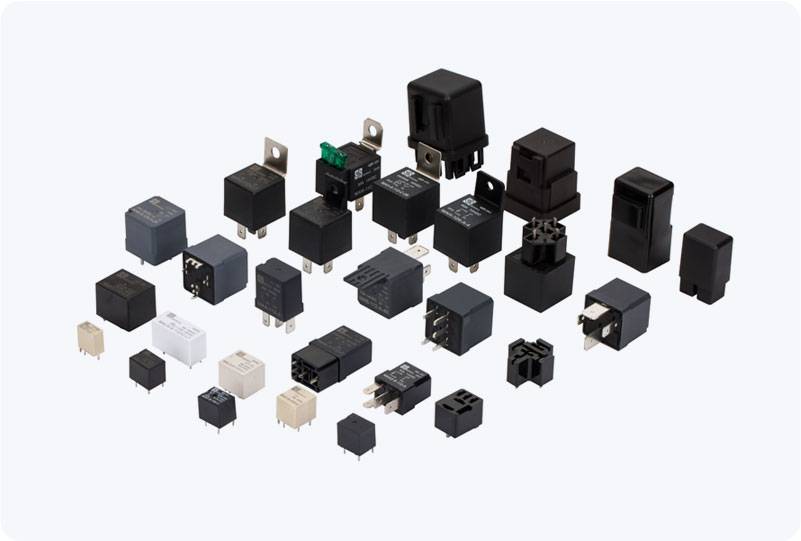Relays are crucial components in modern automobiles, playing a pivotal role in controlling various electrical systems within the vehicle. They act as switches that allow a small electrical current to control a larger current, ensuring the proper functioning of systems such as headlights, fuel pumps, air conditioning, and the vehicle’s starter. Despite their reliability, relays can fail over time, leading to various issues that can affect a car’s performance and safety. Understanding the common relay failure modes in cars can help diagnose problems early and prevent costly repairs or potential breakdowns. In this article, we will explore the common causes and effects of relay failures in cars and provide insights into how they impact vehicle operation.

1. Sticking Relays One of the most common failure modes in relays is “sticking.” When a relay gets stuck in either the “on” or “off” position, it fails to perform its intended function correctly. A relay stuck in the “on” position may continue to power a component, even when it is no longer needed. For example, this could keep the fuel pump running or the air conditioning compressor engaged, leading to overheating, battery drain, or excessive wear on the component. On the other hand, a relay that gets stuck in the “off” position will prevent the component from operating entirely, resulting in malfunctions like a car failing to start or the lights not turning on.